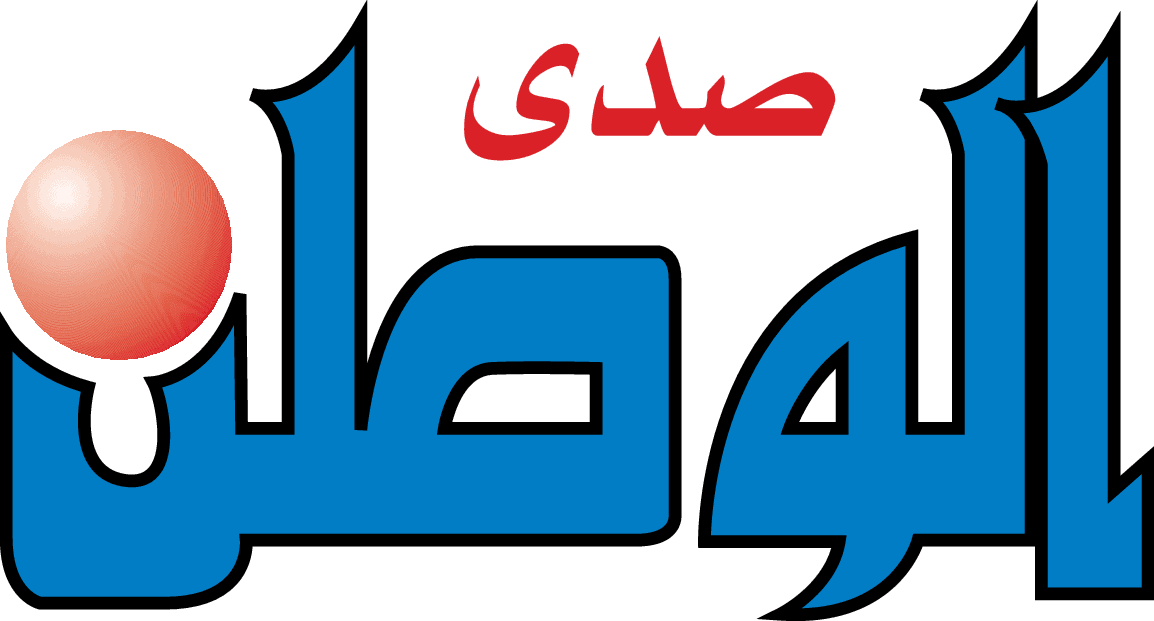
The nuclear deal with Iran “reached on all key aspects,” Russia’s foreign minister Sergey Lavrov said on Thursday. The statement snuffed out speculations about the failure of the negotiations, as the June 30 deadline passed without white smoke rising.
The week-extension to the deadline seems negligible compared to 20 months of diplomacy and negotiations, as a historic deal between Iran and the P5+1 world powers inches closer.
Based on statements by American and Iranian official, a deal seems inevitable and it is only waiting some details that vary in complexity.
Western conditions and Iranian red lines on regional politics and military logistics stand in the way of the deal, but the fast reaction of negotiators from both sides show commitment to the success of the negotiations.
To better understand the mechanics of the negotiations, one should look into remarks made by the Iranian supreme leader, the U.S. president and the Russian foreign minister this week.
Iran’s Ali Khamenei took to Twitter to declare deadlines that are not negotiable to the Islamic Republic, including immediate sanctions relief and sunset provisions for uranium enrichment.
“I will walk away from the negotiations if it’s a bad deal,” President Obama said in a Washington press conference.
But between the two leaders’ hard-line comments, Lavrov said major world powers have managed to reach a preliminary agreement that only awaits being put on paper.
The Iranian and American pessimism about the deal is being used to gain leverage on the provisions that are still contested.
The lifting of sanctions is among the chief issues where an agreement has not been reached. Iran’s economy is struggling with the decades-long trade restrictions. Iran wants all sanctions to be lifted immediately, while the West is negotiating for a gradual lifting of sanctions.
The West also wants to send inspectors into Iran’s military facility— a demand the Islamic Republic has rejected, saying that it violates its sovereignty.
There is also no agreement about the expiration date of the deal. The West is hoping for at least a decade-long deal, while Iran is hoping to resume its nuclear research sooner than that.
Another aspect delaying the deal is the United States’ relationship with its allies in the Middle East. Israel and Gulf monarchies oppose U.S.-Iranian rapprochement. And while Israel’s ties with the Washington run deeper than the feud over Iran, Gulf monarchies, namely Saudi Arabia, feel abandoned by the United States.
The U.S. military remains the security sponsor of Gulf monarchies, with massive U.S. bases and fleets across the Gulf. However, Saudi Arabia still feels threatened by the nuclear deal. That is why the Gulf Cooperation Council is searching for new alliances across the globe to be less dependent on the American role.
Saudi Arabia has gathered its Arab allies and worked with Turkey to coordinate the attack on Yemen. Saudi Deputy Crown Prince Mohammed Bin Salman visited Russia and France last month to secure multi-billion dollars weapon deals.
Before its birth, the nuclear deal is reshuffling the geopolitics of the region. The upcoming months will be essential in shaping the new political dynamics of the Middle East.
-Nabil Haissam is The Arab American News’ correspondent in Beirut.






Leave a Reply